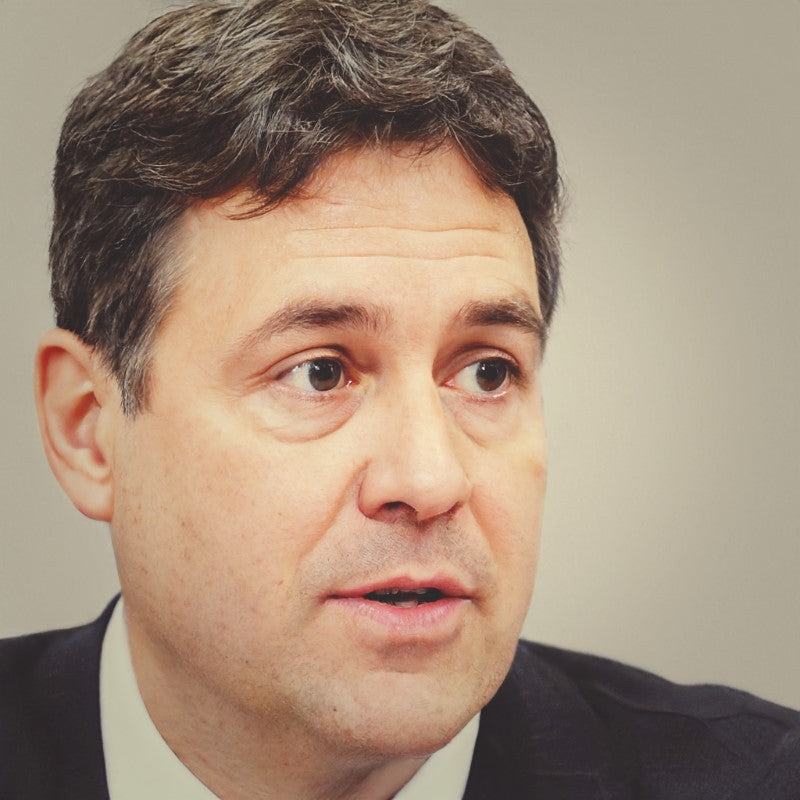"Seeing the big picture" means understanding how your work fits into the larger goals of the organization. For a candidate applying to the UK Civil Service, this means understanding how their role contributes to the public services and policies that affect the whole country.
In practical terms, a candidate who can see the big picture will be able to understand how different parts of the Civil Service work together. They will be able to see how their specific role and tasks contribute to the larger goals of their department and the Civil Service as a whole.
For example, if a candidate is applying for a job in a department that focuses on education, they should understand how their role helps to improve education for people across the UK. They should also be aware of how their department's work fits into the government's overall strategy for education.

The 250 Word Statement
When applying for a job in the UK Civil Service, you may be asked to write a 250-word statement demonstrating how you exhibit the behaviour of "seeing the big picture." This is your opportunity to show that you understand how your role and actions contribute to the larger goals of the organization.
Here are some tips on how to best complete this statement:
Be Specific: Use concrete examples from your past experiences to show how you have demonstrated the ability to see the big picture. For example, you might talk about a project you worked on and how you understood its impact on the organization's overall goals.
Link to the Civil Service: Explain how your ability to see the big picture will help you contribute to the goals of the UK Civil Service. Show that you understand what these goals are and how your role fits into them.
Be Clear and Concise: You only have 250 words, so make sure your statement is clear and to the point. Avoid unnecessary jargon and complex language.
Proofread: Before submitting your statement, make sure to proofread it for any spelling or grammar mistakes. Consider asking a friend or family member to review it as well.
By following these tips, you can write a strong statement that clearly demonstrates your ability to see the big picture and how this will make you a valuable asset to the UK Civil Service.
Learn all about the 250 word statement plus see over 50 example statements...
250 Word Statement Structure
When structuring your 250-word statement, you can use the B-STAR method, where "B" stands for Belief, "S" for Situation, "T" for Task, "A" for Action, and "R" for Result. Here's how you can apply this method:
Belief (B): Start by briefly stating your belief in the importance of seeing the big picture. Explain why you think this behaviour is crucial in the Civil Service.
Situation (S): Describe a specific situation from your past experiences that required you to see the big picture. This could be a project or a challenge you faced.
Task (T): Explain the task you were responsible for in that situation. Be clear about your role and what was expected of you.
Action (A): Describe the actions you took to address the situation. Focus on how you used your ability to see the big picture to inform your actions.
Result (R): Conclude by explaining the result of your actions. Highlight how your actions contributed to the larger goals of the organization or project.
By following the B-STAR method, you can create a structured and coherent statement that clearly demonstrates your ability to see the big picture and how this behaviour has positively impacted your past experiences.
250 Word Statement Example for Seeing the Big Picture
I firmly believe in the importance of seeing the big picture, especially in civil engineering, where projects significantly impact communities and the environment. Understanding the broader implications of our work ensures that we make informed decisions that align with the organization's goals and public interest.
Situation: In my previous role as a civil engineer at XYZ Company, I was tasked with leading a team to design a new bridge. The project was complex, involving multiple stakeholders, including local communities, government agencies, and environmental groups.
Task: My responsibility was to ensure that the bridge design met all technical requirements while also addressing the concerns of the stakeholders. This required a deep understanding of the project's broader impact on the community and the environment.
Action: I took a holistic approach to the project, considering not only the technical aspects of the bridge design but also the social and environmental implications. I engaged with the local communities and other stakeholders to understand their concerns and incorporated their feedback into the design process. I also worked closely with environmental experts to minimize the project's impact on the local ecosystem.
Result: The final design was not only technically sound but also addressed the concerns of the local communities and met all environmental regulations. The project was completed on time and within budget, and the new bridge has since improved local transportation and contributed to the community's development.
This experience has reinforced my belief in the importance of seeing the big picture in civil engineering and has equipped me with the skills and knowledge to contribute effectively to the UK Civil Service.
See more example statements here...


